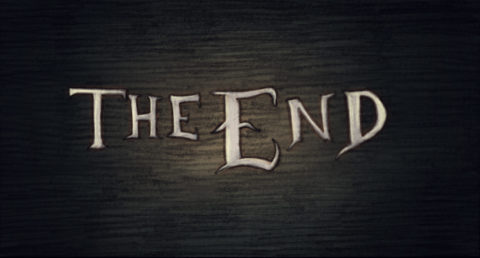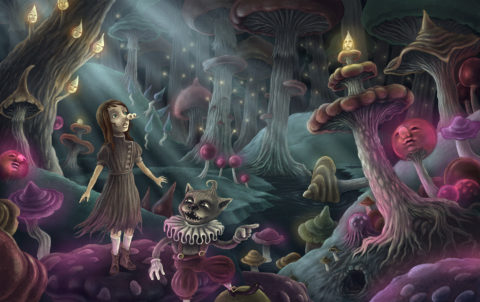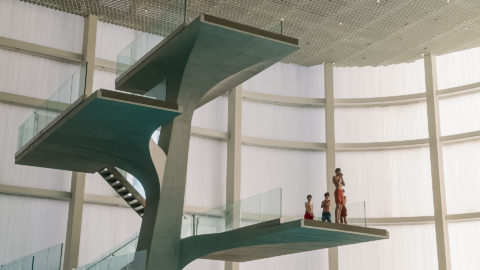The film you will never see
In 1985, Métal Hurlant issue 107 published a supplement titled “Dune, the project you will never see”, written by Alejandro Jodorowsky. In it, he recounted with passion and frustration how his ambitious adaptation of Frank Herbert’s novel had been abandoned, for lack of funding. This text, which I discovered in my adolescence, always struck me by the power of its dream and the intensity of its disappointment—and it has, paradoxically, contributed to my desire to make Cinema.
Today, it is my turn to share a similar story with you: that of a project that deeply animated me but, like Jodorowsky’s, will never see the light of day. The journey was incredible—and deserves to be told, even if only on a blog. So here is “Matilda Corkscrew” by Victor Jaquier.
Matilda Corkscrew
Project Presentation
In 2012, Victor Jaquier, a Swiss director and long-time collaborator, introduced me to a stop-motion animation project of rare ambition: Matilda Corkscrew (French: Les aventures Extraordinares de Manon Tirebouchon). From the moment I saw his first sketches, I knew it would be an extraordinary journey. We envisioned a short film of around twenty minutes, entirely shot in stop motion, with a dense, rich, entirely handcrafted visual universe.
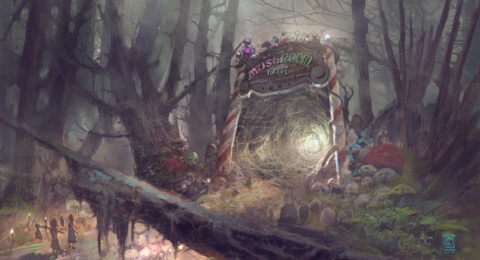
Synopsis
Synopsis
The story follows Manon, a young heroine full of boldness and ingenuity, drawn into a fantastic journey to save her family and her village from a strange curse. It was an emotionally moving, poetic coming-of-age tale. The idea was to tell a captivating adventure, accessible to all, yet with profound thematic depth.
Manon is a little girl born with a strange nose, curled like a corkscrew. In the poverty of an isolated cottage, her parents—too poor to feed her—force her to go and work in a distant town. Believing that her appearance would only bring mockery and rejection, Manon leaves home with a heavy heart.
On the way, she meets a sly-looking polecat who tells her of a golden mushroom hidden deep in a forbidden forest. This mushroom, he says, has the power to make her deformed nose disappear. Dazzled by the promise of a new appearance—and a normal life—Manon follows the polecat without suspicion.
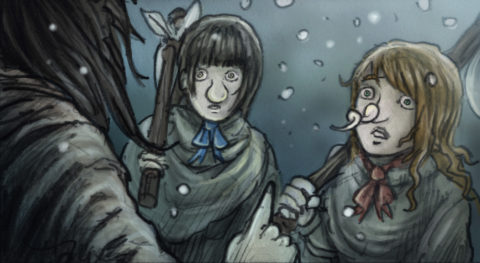
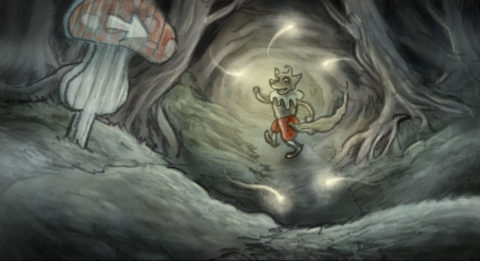
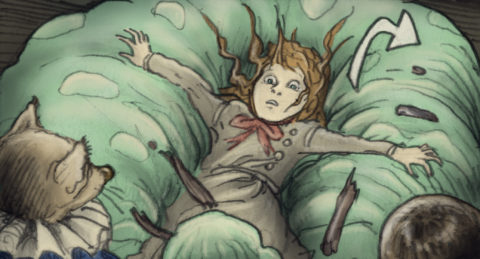
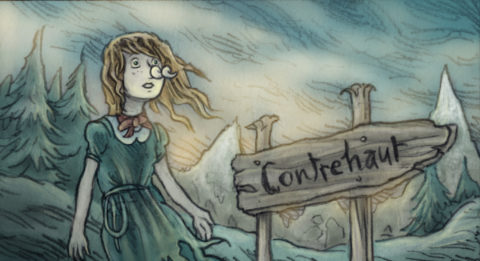
Victor Jaquier: director and illustrator
Victor and I had just completed a successful collaboration on Le Lac Noir, a film I produced and he directed. This project had introduced his very personal universe, marked by strong visual imagination and a deep affinity for fairy tales and fantastical stories. Although Le Lac Noir was live-action, imagery already held a central place in his approach. Moving to animation was therefore a natural progression. Moreover, Victor is also an illustrator and had just exhibited a series of drawings in the realm of fairy tales.
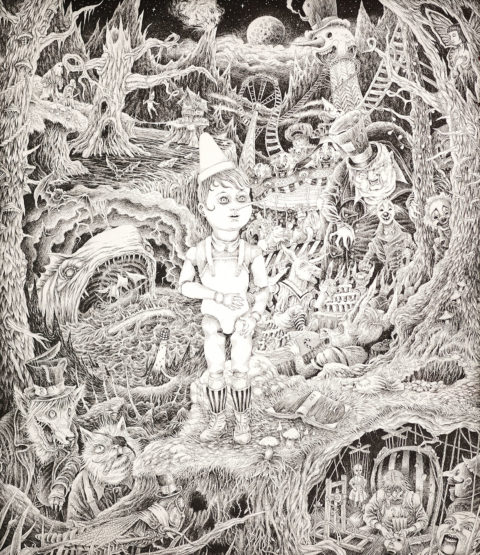

Les intentions du projet
Victor aimed to create a timeless work, visually spectacular and emotionally sincere. He was determined to preserve the artisanal, authentic dimension inherent to stop-motion to bring a tangible, living realism. Beneath the fairy tale, The Extraordinary Adventures of Manon Corkscrew unfolds a sharp reflection on appearance, normality, manipulation, and the desire for belonging. It is a coming-of-age tale with a dual meaning, where one realizes too late that the quest for perfection can lead to self-sacrifice.
“Fairy tales have always fascinated me. As a child, I was captivated by The King and the Mockingbird by Paul Grimault, where beauty, cruelty, and poetry coexist powerfully. These contrasts continue to inspire my stories today.
It was while reading The Uses of Enchantment by Bruno Bettelheim that the idea of Matilda Corkscrew came to me. The story follows Matilda, a young girl lacking self-confidence. At the moment of leaving home, vulnerable, she falls under the influence of characters with dubious intentions. In the forbidden mushroom forest, her initiatory journey reveals dark truths about the world.”
(Excerpt from Victor Jaquier’s statement of intent)
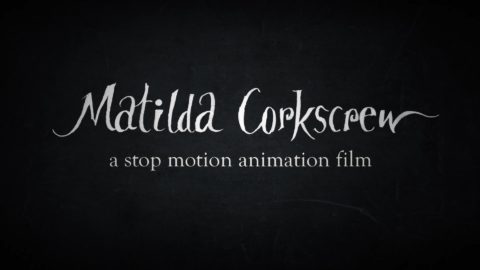
La production
The Project Grows
Very quickly, the project extended beyond Switzerland. Aware of the technical challenge and high cost, we swiftly sought international partnerships. We turned to Se-Ma-For—the famous Polish studio awarded an Oscar for Peter and the Wolf—as well as Telegael in Ireland and JPL in France. Each step confirmed the extraordinary potential of the film, and we were proud to gather so many solid partners around this project.
The Importance of Se-Ma-For
Collaborating with Se-Ma-For was a dream come true. Their experience—especially their work on Peter and the Wolf—ensured unrivaled technical mastery and artistic approach. Their involvement validated the quality we were seeking and proved that, as with Peter and the Wolf, it was possible to produce ambitious short formats with substantial budgets as a “TV special.” Our main challenge was to find a TV channel willing to invest in this real little gem.
Developpement
Concept Art
The concept art pieces were interpretations of the universe by Victor and other artists.
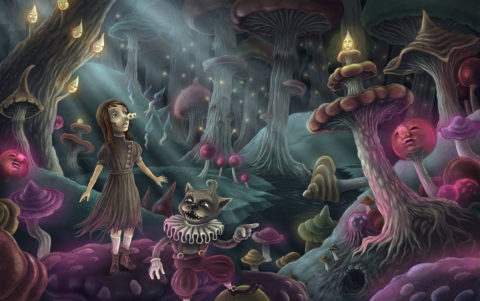
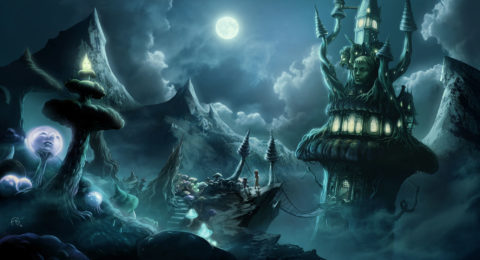
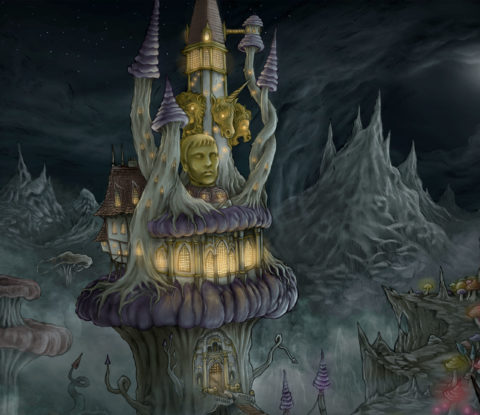
Drawings & Sketches
Numerous sketches were created to bring the project to life, clarify its universe, and brief the technical teams.
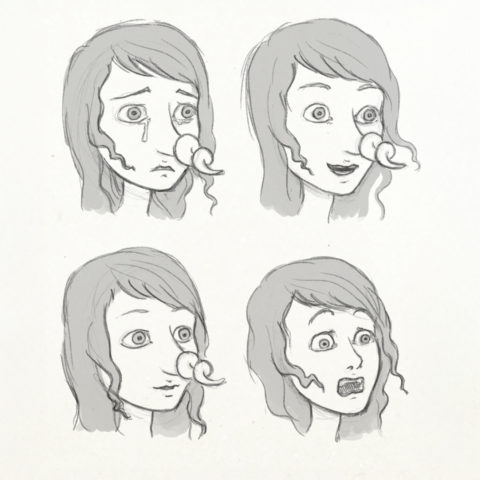
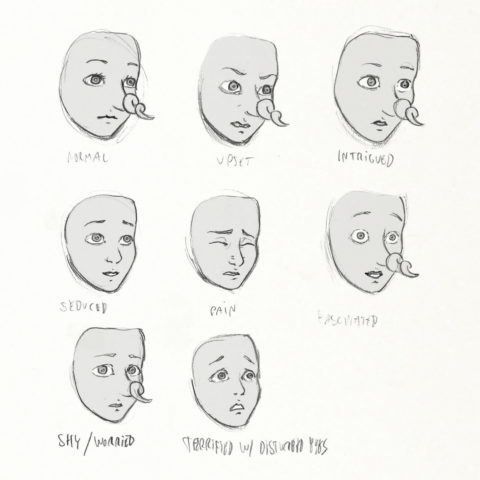


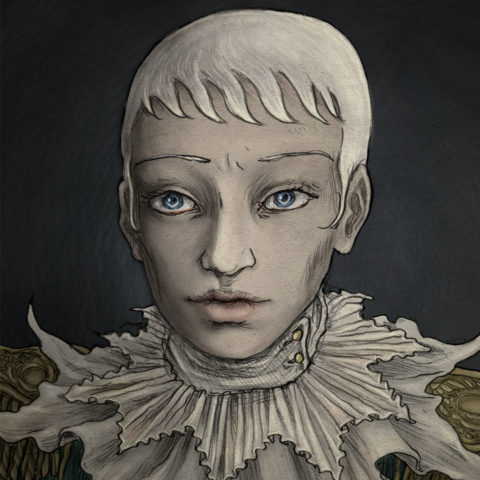
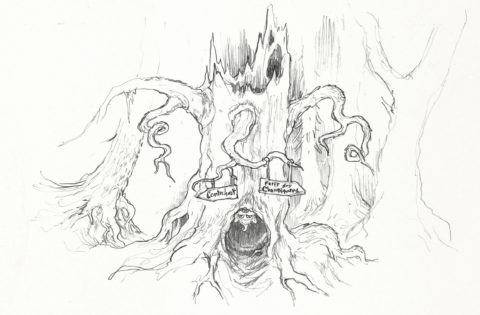

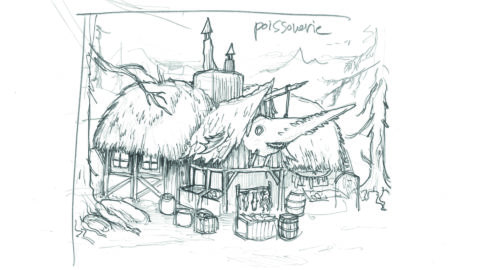
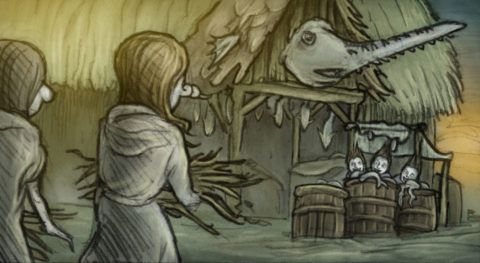
Model Making
Several characters were built in volume to better appreciate their complexity.
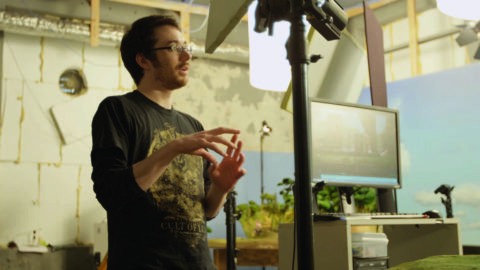
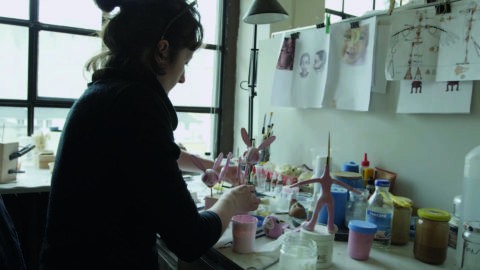
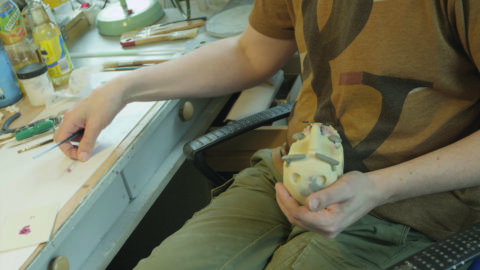

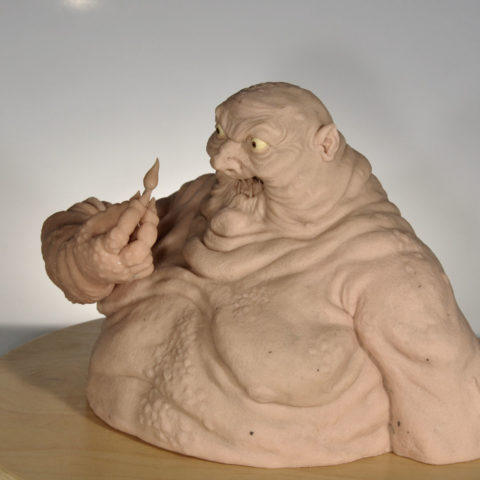

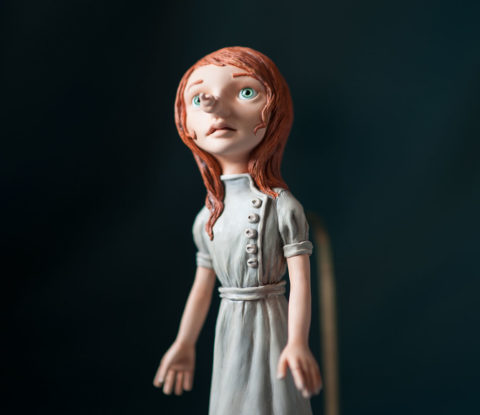

Storyboard
The storyboard is the ultimate document that breaks down the entire film plan by plan. It’s a working document that allows different departments to understand each shot and its requirements.
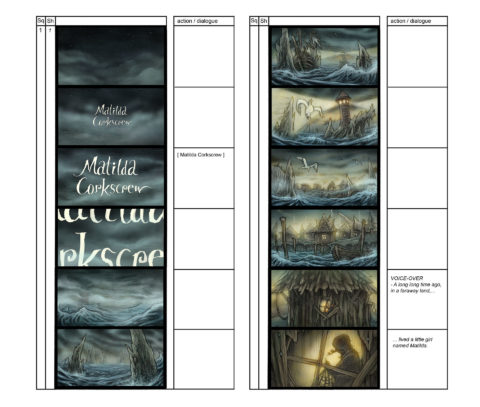
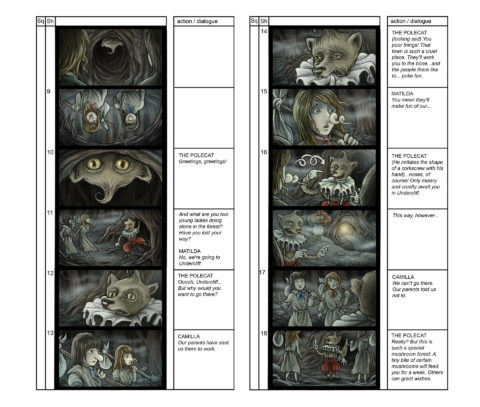
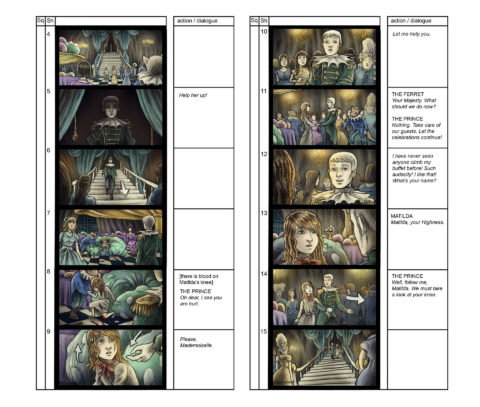
Animatic
The animatic is probably the document that comes closest to the final film. It is an edited montage of all the film’s shots, timed and soundtracked.
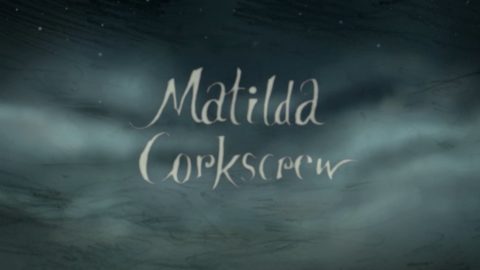
Elijah Wood
An International Voice
To attract more attention from international co‑producers, we needed a globally recognized voice. We approached Elijah Wood, the iconic actor known worldwide for his role as Frodo Baggins in Peter Jackson’s The Lord of the Rings trilogy. Beyond that iconic role, Elijah has built a varied career full of independent and original projects, including voice work and production. I had the personal pleasure of traveling to Austin, Texas, to record his voice. Elijah loved the project, and meeting him was an incredible experience. It was also a great pride for me that he agreed to participate.
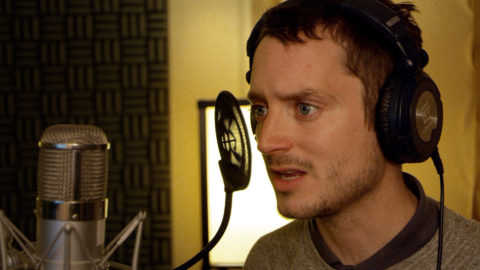
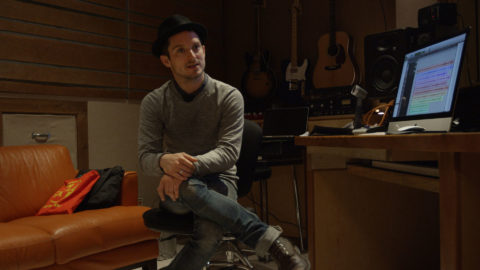
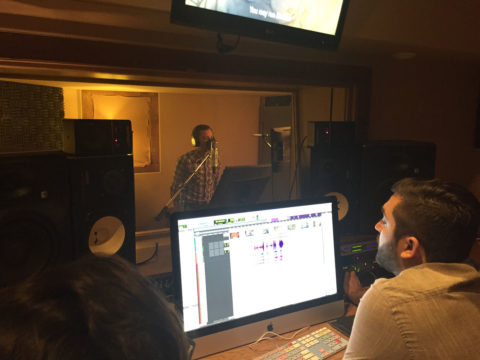


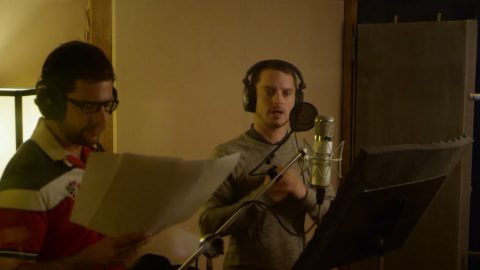
The interrupted dream
A Complex Financial Reality
Unfortunately, despite all the efforts and real interest generated by the project, we faced a harsh economic reality. The budget needed to produce Matilda Corkscrew at the level of ambition we aimed for far exceeded the market’s capacity at the time. No broadcaster was willing to support a short film of such magnitude.
Victor thus continued his path by making Le Vigneron et la Mort, a traditionally animated 2D film, which was nominated for the Swiss Film Award in 2018. This project had originally been conceived to give him a first experience in animation and thus strengthen his legitimacy as the director of Matilda Corkscrew.
So, Matilda Corkscrew will never come to fruition. And yet, beyond the frustration, I hold immense gratitude for this project. It allowed me to dream big, meet extraordinary talents, and, above all, live an intense creative adventure. Sometimes, it is not the films we produce that leave the deepest mark—but those we keep in our hearts.
